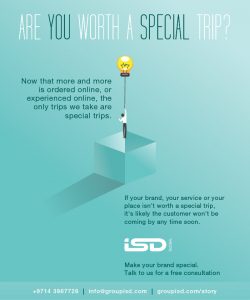The Golden Cage? Probably yes.
Intrusion capitalism paves the way for what has been called the ‘ convenience economy ‘. And like billions around the world, we are almost comatosed into not only acceptance but to dig deep and stay there. The numbness of convenience, shall we say? And apart from the occasional murmur or a sporadic protest, life goes on.
We don’t have to go very far but look at a few examples. Let’s begin with one of the usual suspects-brands like Amazon, Amazon Prime and their accompanying eco system that touches the lives of millions of customers around the world every day. For about US$ 10 a month( if you are in the US), you get a vast pool of content, priority door step delivery at the most economical value for zillions of products. And with Alexa(another Amazon wonder) taking root as a serious tool for search and e commerce, the cesspool of dependence has only gone deeper and broader. Since there is no better reason( or a better alternative by far), we as customers are happy to be remain comfortably domiciled.
With 2.2 billion users every day around the world, Facebook is a monster drug(combining its repertoire of Whats App, Instagram users) and there is no saturation in sight as the time spent on these platforms seem to be only increasing. Data theft, brand safety, privacy intrusions etc have not stopped the eccentric growth of this juggernaut. Sometime back, the powers that be at Facebook actually mentioned that they are addressing the privacy and data theft concerns and they are prepared for a 95% success. Very recently, under pressure from several quarters, the commitment went up to 99%!!! It’s akin to an airline saying that we are 99% sure of our landings. 1% can be seriously debilitating and you don’t have to look further than the New Zealand shooting which went live to understand what I am trying to say. But, just like the case of Amazon, there is no mass exodus. On the contrary, the clamour to get in is only increasing. The absence of a viable, palatable alternative definitely helps the cause. People are staying put!
As Steven Van Belleghem espouses in his book Automation, AI and the Customer Experience , just as there is a mandatory audit of all corporations’ financial statements both internally & externally, there has to be a regulation in place calling for ‘ algorithm transparency ‘. Because, presently only the outcomes are understandable while there is no clarity on the inputs- especially the bias and the prejudice that gets fed into the codes to manipulate outcomes. I think this is a clarion call for a basic ‘ code of conduct ‘ and the earlier it gets put into place, surveillance capitalism will have some guard rails.
Till then, the (algo)rithm is going to get you! And it’s quite possible that you go blue in the Face(book).
ENDS
https://www.groupisd.com/story
https://www.brandknewmag.com
https://www.weeklileaks.com

